Mining companies are focusing on scaling back workforces, suspending operations and trying to cut costs.
While the mining industry may be affected by the downturn, many are predicting that once the oversupply of resources ends, the sector will turn around, and companies that have been innovative are expected to come out stronger on the other side.
The entire industry has been affected by the downturn, which has hit a number of commodities, including base metals, mineral sands, iron ore, coal and nickel.
This means that now, more than ever, the industry must focus on embracing innovation in order to succeed. Greg Lillyman, former head of technology and innovation at Rio Tinto, agrees, saying there may well be technologies from aerospace, oil and gas, food processing or manufacturing which are ripe for application in the industry.
However, mining is known to be an industry where technological changes and innovation are resisted or implemented slowly.
A study by VCI Global Innovation of more than 200 global mining executives found that innovation would have the biggest impact on:
- Automation (leading to fewer people, lower cost and enhanced safety)
- Reduced energy consumption
- Resource extraction (improving recoveries and reducing distribution)
- Data and analytics (better decision-making and process optimisation)
While there’s a long way to go, many mining companies are already innovating.
Four examples of mining innovation
Space exploration – planetary resources and deep space industries
Private companies are turning to space mining, which could be a reality sooner than we think. Asteroids are full of resources, containing more than we’ve ever mined on earth. We know that wars are continually fought over depleted resources, so we can see why private companies are looking into the unlimited resources of the solar system.
There are two main front-runners for the latest space race: Planetary Resources and Deep Space Industries. Planetary Resources is backed by Google, partnered with Virgin Galactic; each company has launched test vehicles.
Wear plates – davies wear plates
Back on earth, mining companies are finding solutions to problems, such as, the wear-and-tear that transporting millions of tonnes of iron ore puts on expensive equipment.
Big mining companies use wear plates, which protect expensive train carriages and ore bins against damage. In Western Australia alone, more than 95,000 square metres of these plates are changed each year. That’s a huge cost of $85 million and 500,000 hours of work. Davies Wear Plate System’s solution is a bolt that doesn’t require nuts and therefore reduces costs.
Drill rigs – minnovare
Aligning drill rigs can be a time-consuming task, and in 2012, Minnovare was formed, commercialising technology that reduces the time it takes to align drill rigs from somewhere between 45 minutes and an hour and a half to just 10 minutes.
Tracking – trackem
Trackem won the 2015 WA Innovator of the year award for its use of the cloud to track and manage assets for mining projects in both operation and construction. Mineral Resources is hoping to save 15% by replacing truck trays and instead using a recently developed carbon fibre exoskeleton.




